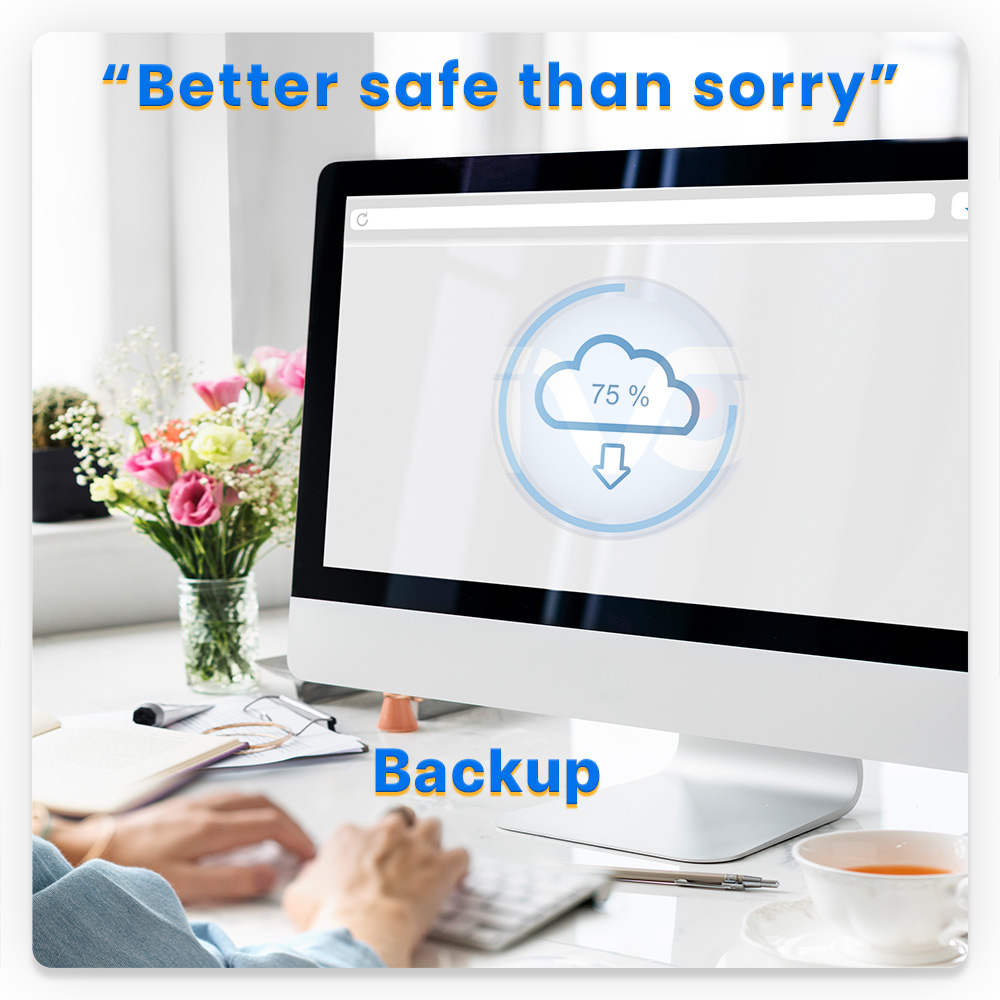
We all know we're supposed to back up our data; it's essential for peace of mind. But one copy of a file on your computer does not a backup make. Redundancy, people, redundancy!
We produce quadrillions of files every year, but so many fail to take adequate steps to preserve their data. Computers can become infected, and accidents happen—but even after losing important documents, irreplaceable photos, or entire sets of financial records, most of us still don't back up.
The most likely reason is that backing up takes some effort. At least one in five people have never backed up their data (according to the World Backup Day website). But the process is easier than ever. Here's a quick look at the types of backup available, as well as the tools you'll need to pull it off with as little work as possible.
Types of PC Backup
Backing up can be as simple as copying a file from one spot to another—from a hard drive to a removable USB flash drive, for example. But your needs for redundancy, security, and access dictate what kind of backup you should use.
Select Files and Folders
If you need to back up specific data only, use software that lets you choose which files you want to save. (Simply moving a file isn't backing it up. You need at least two copies.) To be safe, back up entire folders on a recurring basis to ensure that newly created or updated files are backed up.
There's plenty of free software to take care of this for you, including built-in Windows features.
Cloud Storage and File-Synchronization Services

(Credit: John Lamb/Getty Images)
A must for anyone with more than one computer or device in use, synchronization software ensures you have the same files on all your PCs (and they're usually accessible on mobile devices, too). When you make a change to a file, it's automatically sent to all the other PCs using the account, even on other operating systems—the ultimate in redundancy. Note that many would argue this is not true backup, since a deletion of a local file is mirrored remotely—so accidental deletion of data can be duplicated.
Online Backup Services
We're in the era of the cloud, so online backup, once a bit specialized, is now the norm for important files. Unlike the above services, which also include a file-sync option, straight backup products lean toward direct transfer of files from a hard drive to online/cloud storage with easy restoration options. These services may throw in some file syncing, but enhanced security is the most important option.
Install online-backup software on a PC, tell it which files and folders to back up, and it does the rest in the background. Because the storage is online, you can typically read files via a browser and restore the files to other systems as needed.
Cloning a Full Disk Image
There are several ways to back up an entire hard drive. The first is to use software to copy all the individual files from the drive to another (larger) drive, as described above. This way, you get everything even if you don't need it, but it's easy to keep up to date and restore specific files as needed.
A better method, though, is to make an image or clone of the drive. A clone is a replica of all of your data—every file and folder, even the programs and system files. It's a true snapshot of the drive at the moment of backup. When used for restoration, the clone overwrites the existing system, and the hard drive reverts to the state it was in at the time of backup.
Cloning is a great way to back up a brand-new computer. Then, if it starts acting wonky, you can revert the drive to its original settings. Keep in mind, however, that this is similar to going back to the factory settings, though you've chosen the point to revert to, so the restoration will not include data accumulated after the original imaging. That data should be backed up separately. To clarify: Yes, you should have two sets of backups running.
Your best option is to do a full disk-image backup on a regular basis, with data included, using software that can read images and selectively pull files for restoration when necessary. You will need a huge backup destination drive to pull this off: typically, an external hard drive or your own home network storage option.
Backup Destinations
How you back up data may depend on the type of media you use as the destination site. Here are some options.
External Drives
Backing up doesn't get much easier than this: Plug an external storage drive into your computer, and get started. Of course, drives come in all shapes, sizes, and configurations. A standard drive won't cost much, but it does nothing but sit there; you do all the work. Almost all drives today use connectors such as USB Type-A 3.0 or USB-C for fast transfer rates.
Your biggest decision will be whether to go with a hard drive or a faster but more expensive external solid-state drive (SSD). Unlike hard drives, SSDs have no moving parts. That means fantastic performance, which is a big plus when you've got a lot of data to copy.
@Credits: PCMag

